Discover the stories behind these trials, the laws that fueled them, and the tragic consequences for those accused.
Witchcraft, Gender, and Law: A Historical Examination
Between the 16th and 17th centuries, England saw around 500 executions for witchcraft, with Essex serving as a key site of prosecution. The legal framework criminalising witchcraft began with the 1563 Witchcraft Act, which introduced severe penalties, including execution for those accused of causing death through magic.
The 1604 Act, enacted under King James I, further escalated these punishments, making any form of harmful witchcraft a capital offense. Witch trials often depended on local accusations, with cases fueled by fear, superstition, and social tensions.
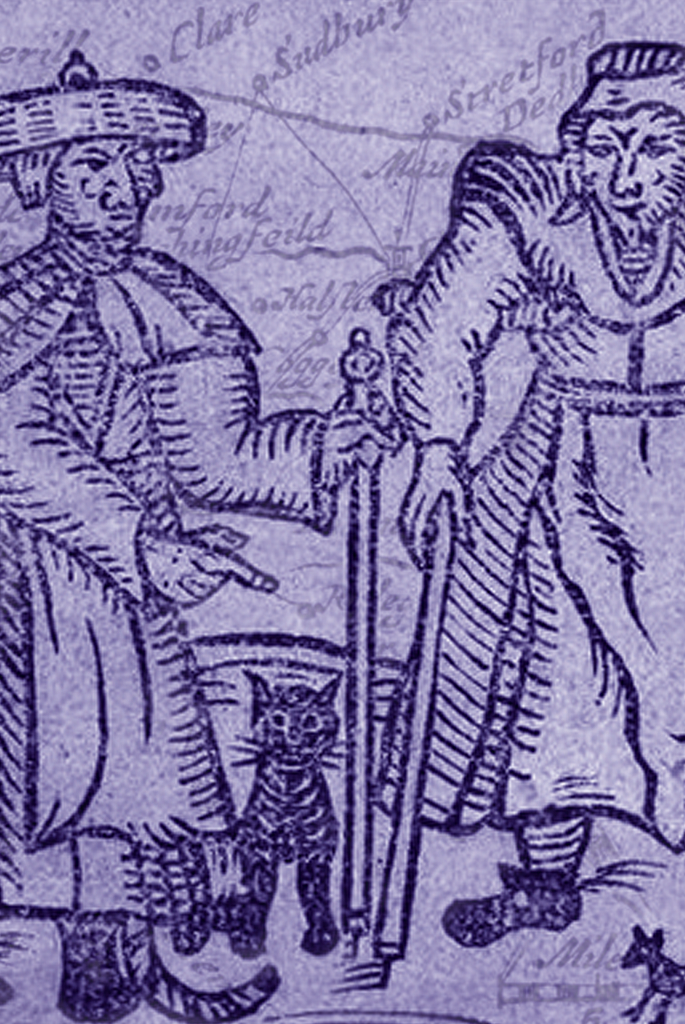
Witchcraft Beliefs
In the sixteenth and seventeenth centuries, people feared witches had malevolent powers that could cause illness and death, often leading to accusations and trials. Suspected witches were believed to have “familiars” – demonic animals aiding their magic – leading to invasive legal procedures, especially during the East Anglian witch trials (1645-1647).
Accusations, like that against Mary Johnson in 1645, often arose from unexplained misfortunes. While some sought protection from “cunning folk” who practiced white magic, suspicion sometimes fell on them too. These fears and superstitions fueled witch trials, often with tragic consequences.
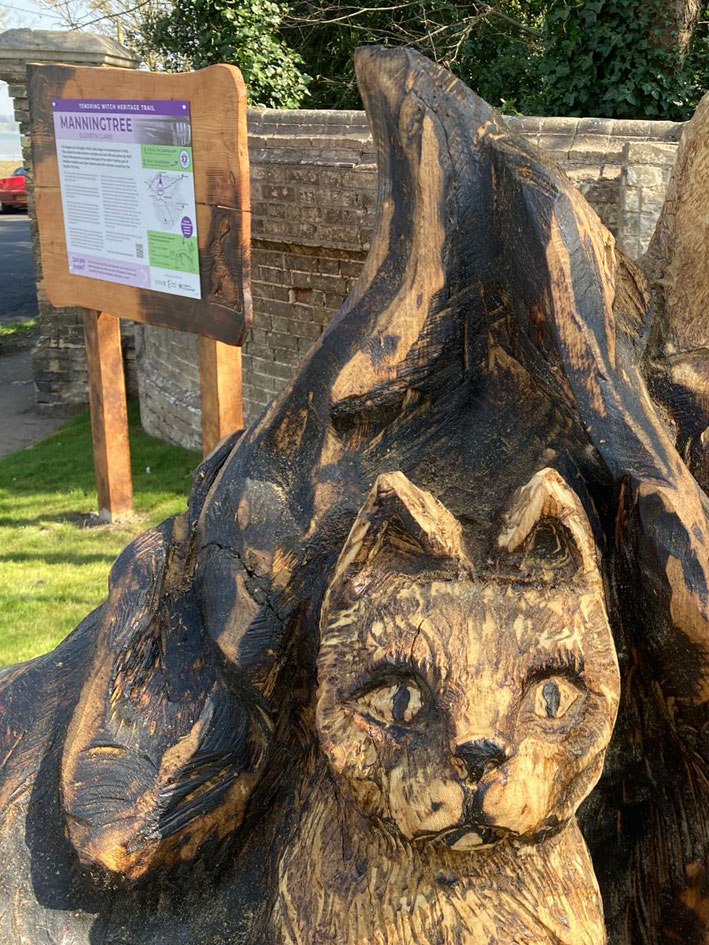
Witchcraft Legislation
Witchcraft was criminalized in England through Acts in 1542, 1563, and 1604, with the latter making even non-fatal magic a capital crime. Trials, held in Assize Courts, relied on reputation and weak evidence, though many ended in acquittal. Witch trials declined by the late 1600s, and the 1735 Act decriminalized witchcraft, reflecting growing skepticism.
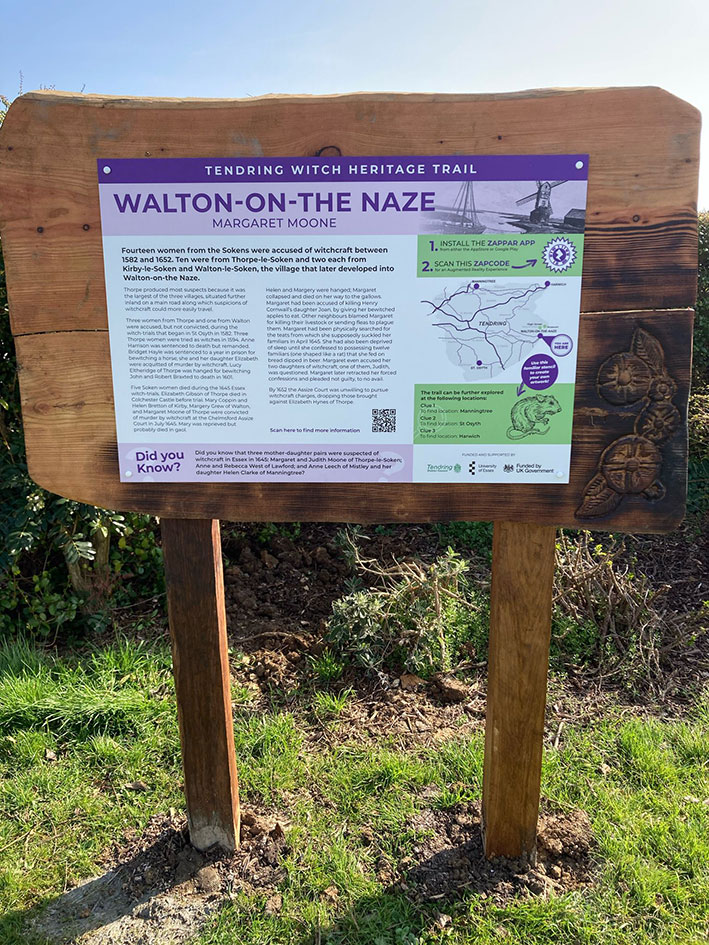
Patterns of Prosecution
Between the 16th and 17th centuries, England saw around 500 witchcraft executions, with Essex a key center of prosecution. Major trials occurred in 1582 and 1645, the latter during the East Anglian witch-trials, England’s largest. Of 291 accused in Essex (1560–1680), 74 were hanged, 55 imprisoned, and 36 died in gaol. Trials declined after 1660, with the last in 1675.
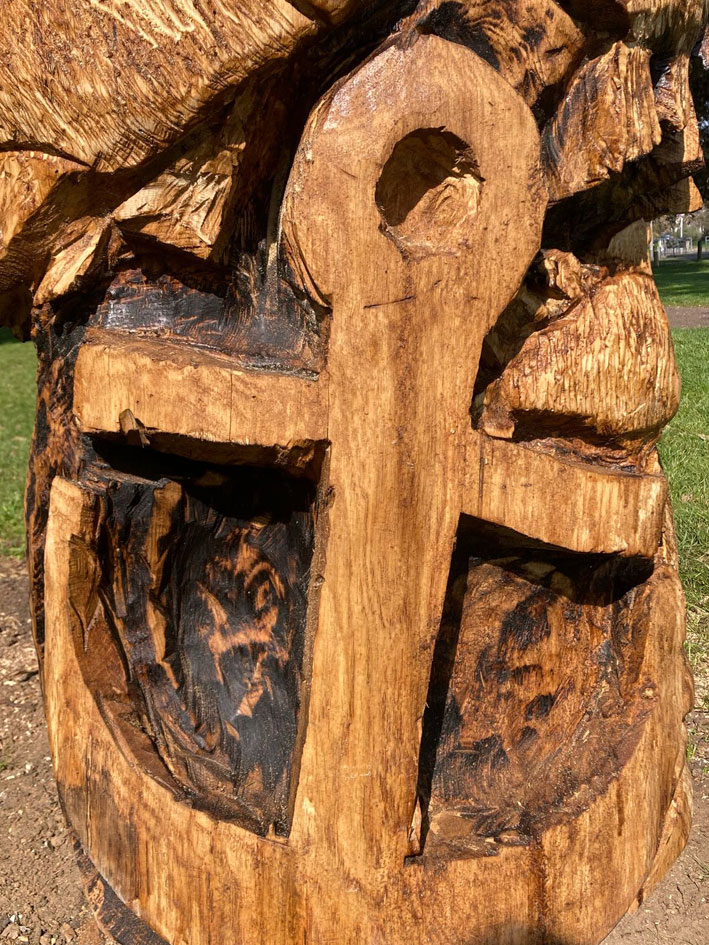
Witchcraft and Gender
Nearly 90% of accused witches in England were women, rising to 92% in Essex. Social inequality, religious beliefs, and economic vulnerability made them easy targets, especially older or widowed women. Accusations often stemmed from domestic tensions, with women both accusing and investigating others.
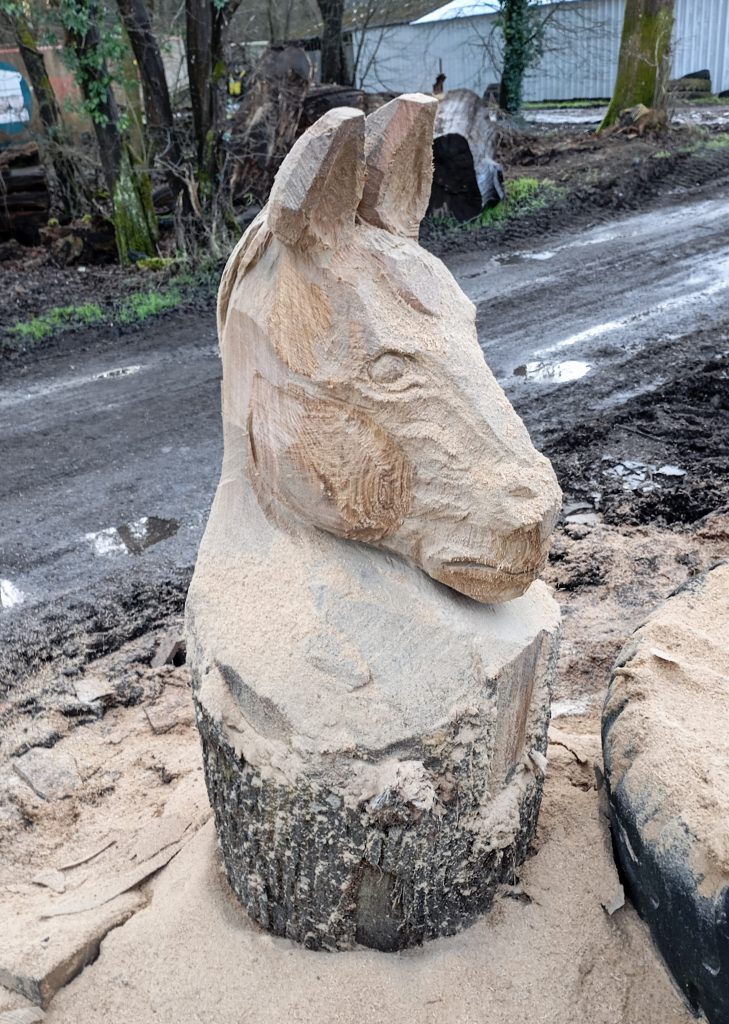
An interactive trail map is located on the Walking Trails page. Click on the picnic tables for further information including a short description and address details.
Read the full article about the witches trials which took place in Tendring – ‘Witchcraft, Gender, and Law: A Historical Examination’ by Professor Alison Rowlands from the University of Essex:




